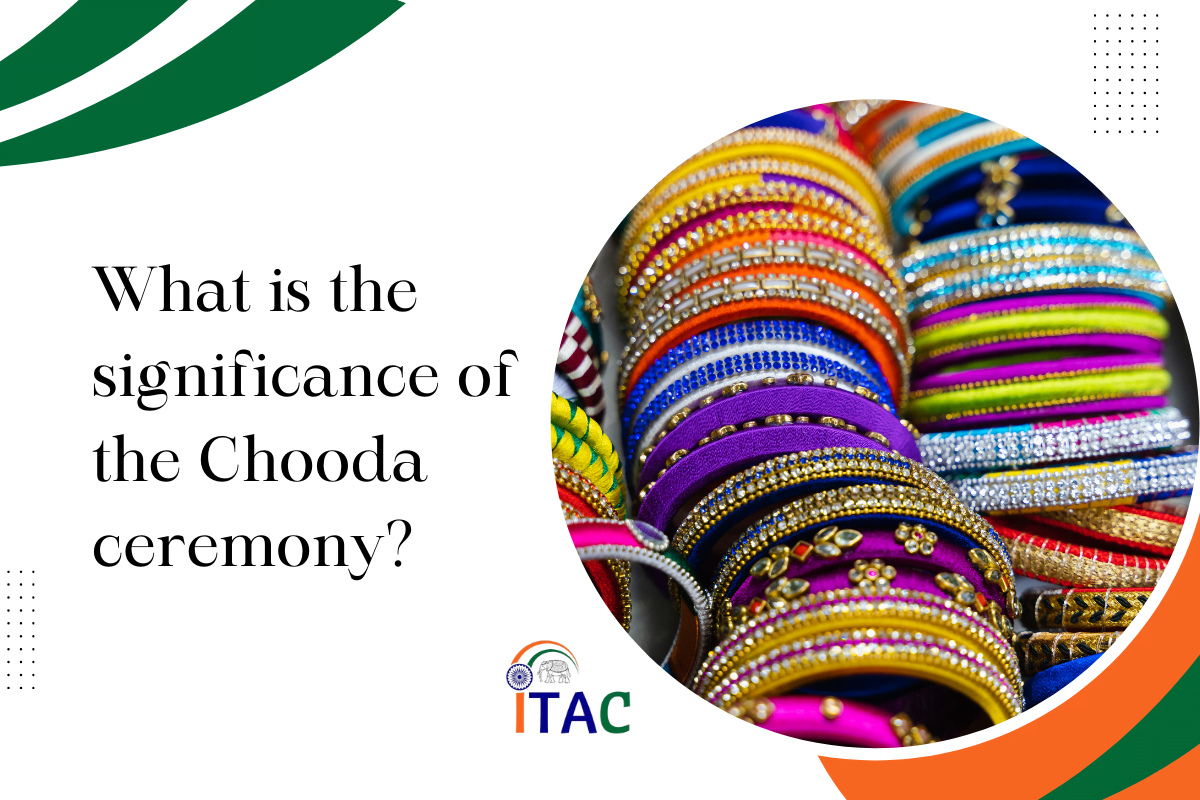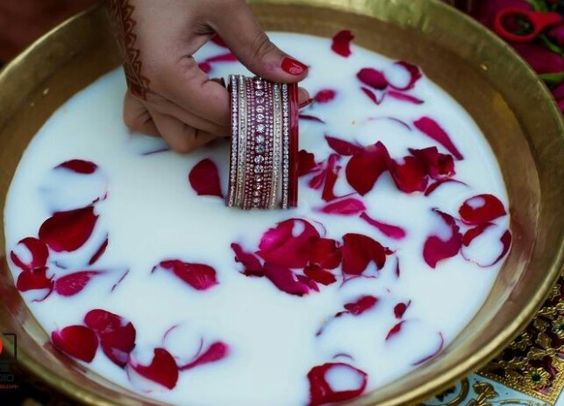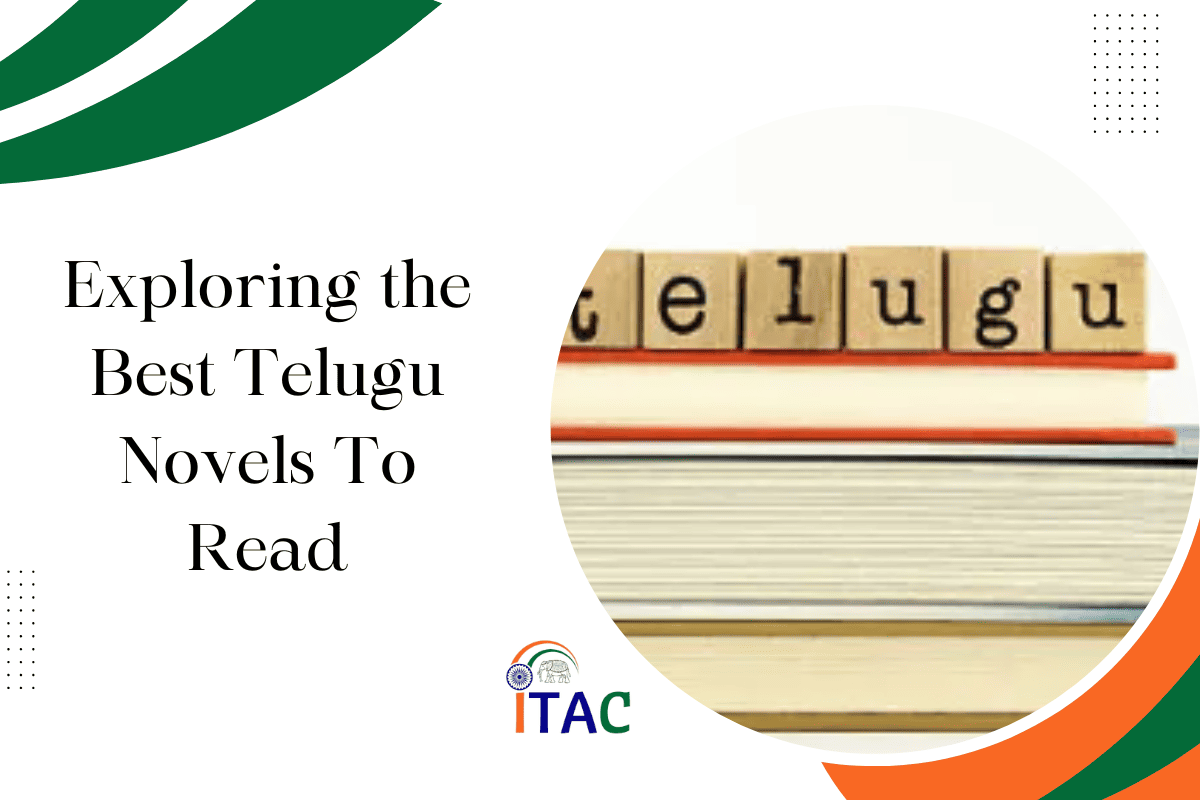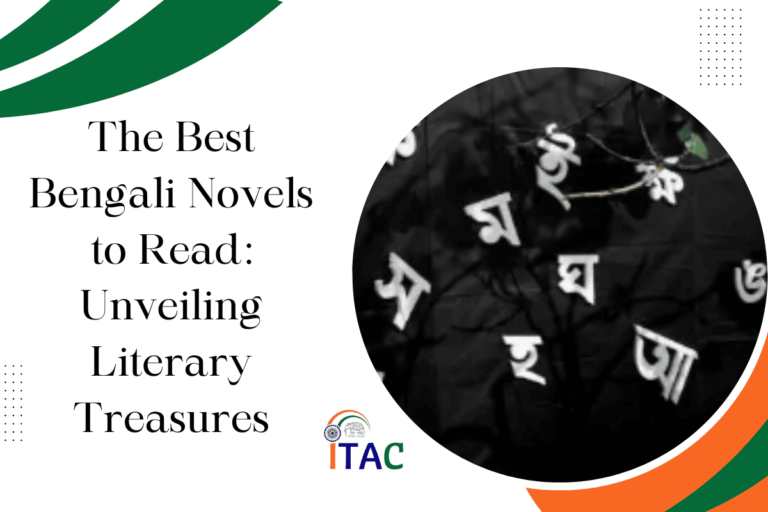Have you seen those viral MUA reels where brides are saying that they are only marrying for Chooda and lehenga?
Humorous Indeed.
Every girl fancies Chooda since childhood.
But have you ever thought about the significance of a Chooda ceremony in our Indian traditions and culture? In this blog, I am going to explain everything about Chooda.
Table of Contents
What is Chooda and Chooda Ceremony?
Traditionally, the Chooda used to consist of 21 sets of red and white bangles. In earlier times, the white bangles were made of ivory. However, due to restrictions and ethical considerations nowadays, Choodas are commonly made of plastic or other materials.
The Chooda ceremony is indeed an auspicious ritual for Sikh and Hindu community brides, especially those from North India. The Chooda and Kalire ceremony begins in the morning before the wedding. Traditionally, the bride’s maternal uncle (mama) and maternal aunt (mami) bring the Chooda for her as a wedding gift.
The Chooda Ceremony starts with a havan or pooja, during which the Chooda is first dipped in milk and rose for purification purposes.
Then it is put on by her maternal uncle and other relatives as a sign of blessings. Then they cover the Chooda with a cloth, which can be white or any other color. This is because the bride is not allowed to see it before her wedding ceremony begins. Brides wear this Chooda for around 40 days, and it is believed that it brings good luck, fertility, and sanctity of marriage. It is also a visual symbol that the girl is ‘taken’.
This is what a traditional Chooda looks like:
What is the Kalire and Kalire Ceremony?
Now, Let’s talk about Kalire. I find them personally interesting.
It is also spelled as Kaleere or Kalira. They are traditional ornamental accessories worn by the brides and are attached to the Chooda. This is again majorly popular in Sikh and Hindu weddings in North India.
These look like umbrella-shaped hangings attached to the Chooda, and the Kalire ceremony is done in the morning or before the wedding begins. It looks like this:
They can be big, long, and beautiful or simple and short in length. It depends on the choice of the bride, which she prefers. Traditionally, it is golden in color, but there are now many color options and customizations available.
The tradition of wearing Kalire is old and rich with cultural significance, symbolizing prosperity, happiness, and eternal love. The dome or bell-shaped Kalire is also interpreted as a symbol of abundance and fertility.
What is the significance of Chooda and Kalire Ceremony?
The Chooda and Kalire Ceremony is a cherished tradition in weddings, symbolizing prosperity, happiness, and marital blessings for the bride. The Chooda signifies her newly married status and serves as a protective charm for her marital life.
The Kalire, ornate hanging ornaments tied to the Chooda, symbolize good fortune and prosperity. During the ceremony, the bride’s female relatives and friends tie the Kalire to her Chooda, wishing her abundance and happiness in her married life.
These rituals are deeply rooted in tradition and are cherished as auspicious symbols of marital bliss and prosperity. During the ritual, after tying the Kalire, the bride shakes hands with the unmarried girls present, with the belief that whoever the Kalire falls upon will be the next to marry. By doing this, the bride wishes her unmarried friends and relatives happiness and successful marriages in the future.
How have Chooda and Kalire evolved now?
As discussed earlier, the traditional Chooda is red and white, with the white bangles typically made of ivory. However, due to legal restrictions and ethical considerations, people have now shifted to wearing plastic Choodas. Also, instead of the traditional red and white colors, brides are opting for pastel-colored Choodas to complement their pastel outfits.
You may have spotted many celebrities embracing pastel shades and forsaking the traditional red lehenga and Chooda. Here are some of the famous pastel looks and their unique kalire which made waves on social media.
Similarly, Kalires has evolved to include innovative and creative styles that reflect contemporary fashion. While the traditional Kalire used to come in dome or umbrella-shaped designs, now they come in various shapes, sizes, and designs which range from cascading chains to elaborate floral arrangements. These days brides may opt for lightweight and intricately designed kalire that complement their bridal look without overwhelming their wrists.
Divas go out of their way to customize their Kalire and use it as a symbol of expression and extension of their feelings for their loved ones.
You might remember how Kiara Advani’s Kalire stole everyone’s hearts and was the talk of the town. She has customized her Kalire with stars in a pastel pink. It also featured Siddharth’s dog Oscar, and their favourite place Rome. It was all about their love and memories. Look at her beautiful Chooda and Kalire:
Before that, Alia Bhatt’s Kalire was also something that was getting attention from people. So, what was special about it? She also customized and tributed it as a love for Ranbir. It comprised stars, clouds, waves, sunflowers, sun, doves of love, and Ranbir’s “Infinity” symbol.
When and how to remove Chooda?
Brides usually wear the Chooda for around 40 days to 1.5 years, depending on different cultures and traditions.
To remove the Chooda, there is a small ceremony called “Chooda Wadhana”. In this ceremony, the sister-in-law removes the Chooda, and no one else is allowed to do it. It is removed in a specific manner, with each bangle slid off individually, starting from the outermost one. All the bangles are put in milk and rose petals one by one.
This process symbolizes the end of the new bride’s status and her transition into a married woman. After that bride may choose to wear other jewellery or bangles of her choice which signifies her new journey as a married individual.
End Note:
Both the Chooda and Kaliore signify the blessings, the start of new married life, fertility, and love. They represent cultural traditions, auspicious blessings, and personal expressions of love and commitment. Whether adorned with traditional red and white bangles or adorned with intricate pastel designs, the chooda, and kalire serve as timeless emblems of marital bliss and enduring tradition in the vibrant tapestry of Indian wedding rituals.















2 thoughts on “What is the significance of the Chooda ceremony?”
Thank you for your sharing. I am worried that I lack creative ideas. It is your article that makes me full of hope. Thank you. But, I have a question, can you help me?